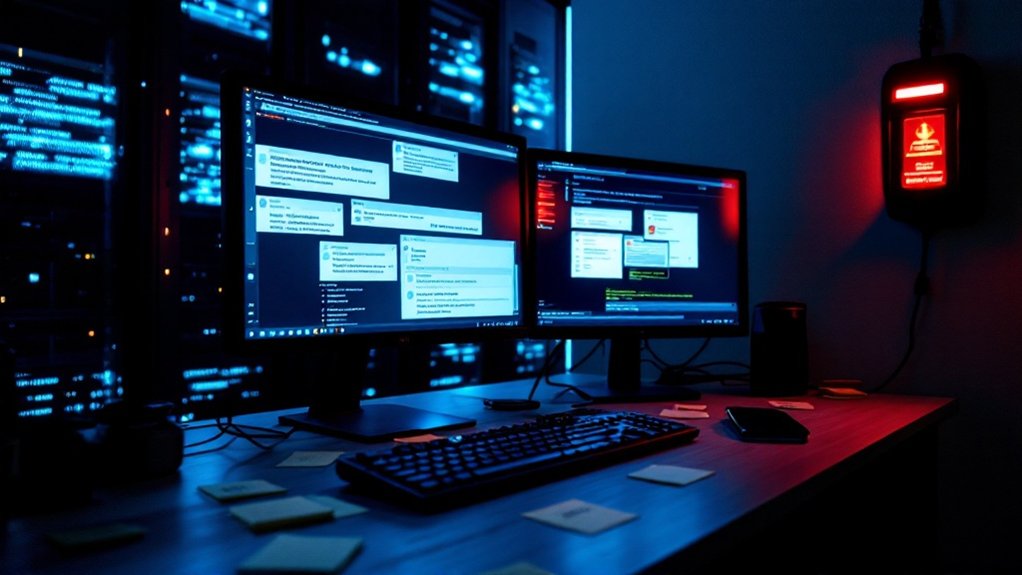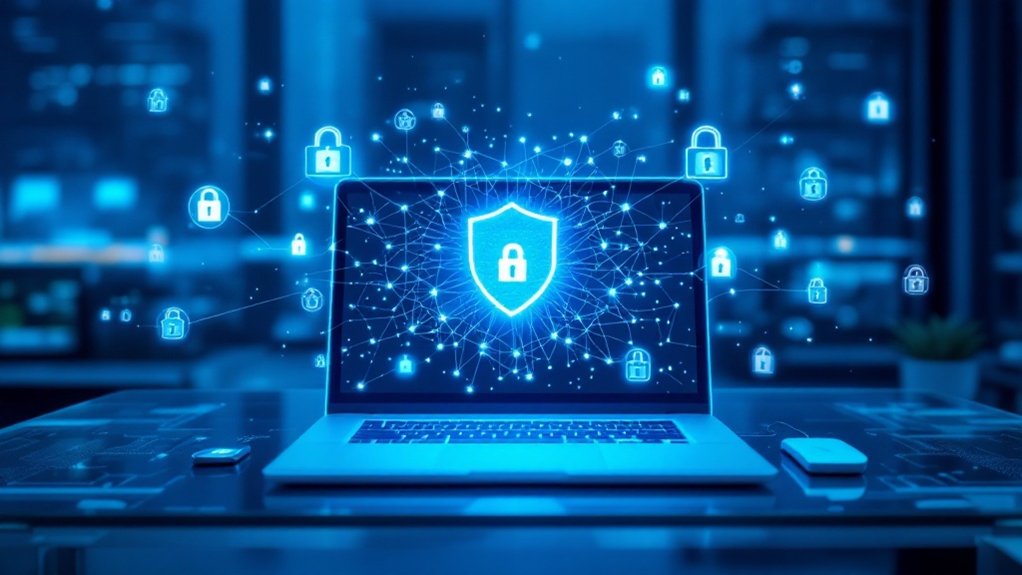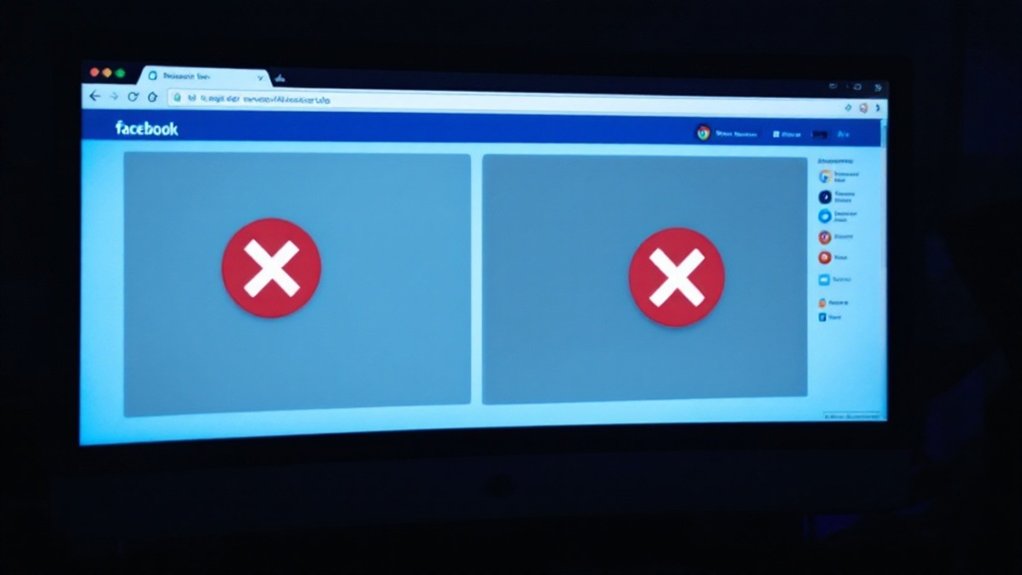Pretexting is a deceptive cybersecurity threat where attackers impersonate trusted entities to manipulate victims into revealing sensitive information, accounting for nearly one-third of all social engineering breaches. Recent statistics show social engineering incidents represent over 50% of cyber attacks, with Americans losing $12.5 billion to cybercrime in 2023. The rise of AI-generated content and deepfake technology, which increased by 1,700%, has made these attacks increasingly sophisticated and harder to detect, making thorough defensive strategies vital for modern organizations.

Nearly one-third of all social engineering breaches now involve pretexting, a sophisticated cybersecurity threat that exploits human psychology through carefully crafted deception. This technique involves creating false scenarios and impersonating trusted entities to manipulate victims into divulging sensitive information or granting unauthorized access. Attackers conduct extensive background research on their targets to create more believable scenarios.
Pretexting dominates modern cyberattacks, using psychological manipulation and false identities to breach security through human vulnerability.
Perpetrators frequently pose as authority figures, colleagues, or legitimate organizations, leveraging personal information to improve their credibility and exploit human trust. Recent statistics from Verizon indicate that social engineering incidents represent over 50% of all cyber attacks. The impact of pretexting on organizational cybersecurity has grown markedly, with recent statistics indicating that Americans lost $12.5 billion to cybercrime in 2023.
These attacks bypass traditional technical security measures by targeting human vulnerabilities, leading to substantial data breaches and financial losses. In one notable instance, a single pretexting attack resulted in a $25 million loss for one organization, highlighting the severe consequences of successful social engineering attempts. Implementing strong passwords and regular software updates helps organizations build a stronger defense against these sophisticated attacks.
The emergence of advanced technologies has increased the sophistication of pretexting attacks. The integration of AI-generated content and deepfake technology, which has seen a 1,700% increase in North America, allows attackers to create more convincing impersonations through manipulated voice and video content.
Furthermore, threat actors increasingly employ multiple communication channels, including email, phone, and SMS, to boost their attacks’ credibility and effectiveness. Organizations are responding to these evolving threats by implementing thorough prevention strategies.
These include mandatory employee cybersecurity awareness training, strict policies for handling sensitive information, and the deployment of multi-factor authentication systems. The implementation of DMARC and strong email security solutions has become essential, particularly as phishing emails have increased by 1,250% over two years.
Security experts underscore the importance of verifying requests through separate communication channels and maintaining vigilance against social engineering attempts, especially in remote and hybrid work environments where traditional security protocols may be more challenging to enforce.
Frequently Asked Questions
What Legal Actions Can Be Taken Against Someone Caught Pretexting?
Individuals caught pretexting face both criminal and civil legal consequences.
Federal felony charges can result in imprisonment and substantial fines under the Gramm-Leach-Bliley Act and Telephone Records Protection Act.
State-level prosecution may include identity theft and fraud charges, whereas civil lawsuits from victims can lead to significant financial penalties.
Professional sanctions apply to licensed practitioners, as demonstrated in the HP case’s $14.5 million settlement.
How Long Does It Typically Take to Detect a Pretexting Attack?
Detection times for pretexting attacks average 191 days, though individual cases vary considerably.
Organizations with strong security measures may identify attacks within days or weeks, whereas sophisticated campaigns can remain undetected for years.
Key factors influencing detection speed include employee awareness training, monitoring systems, and security protocols.
Advanced pretexting schemes, particularly those involving complex social engineering, typically require longer periods to uncover and verify.
Can Artificial Intelligence Help Prevent Pretexting Attacks?
Artificial intelligence considerably improves pretexting attack prevention through multiple capabilities.
AI-powered systems analyze communication patterns, detect suspicious behaviors, and identify potential threats in real-time.
Machine learning algorithms establish baseline user behaviors, flagging deviations that may indicate pretexting attempts.
Advanced AI tools can assess writing styles, metadata, and email content as they generate realistic training simulations to boost employee awareness and response capabilities.
What Industries Are Most Vulnerable to Pretexting Schemes?
Professional services, financial institutions, and manufacturing sectors face the highest vulnerability to pretexting attacks.
According to industry data, professional services account for 52% of targeted schemes, whereas financial institutions experience 81% of breaches through social engineering tactics, including pretexting.
The manufacturing sector, representing 24.8% of all cyberattacks, remains susceptible because of its reliance on interconnected systems and valuable intellectual property.
How Much Does Pretexting Cost Businesses Annually in Financial Losses?
Pretexting schemes cost businesses billions annually, with BEC attacks alone accounting for $2.9 billion in losses during 2023.
The average data breach involving pretexting costs organizations $4.88 million, as well as imposter scams, including pretexting, resulted in $2.7 billion in damages.
Hidden costs extend beyond direct losses, encompassing reputational damage, legal fees, regulatory fines, increased insurance premiums, and necessary cybersecurity infrastructure upgrades.









